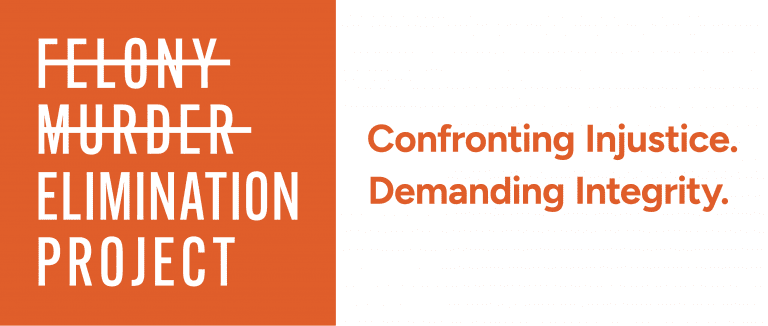Though the number of youth confined in facilities away from home as a result of juvenile or criminal legal system involvement has dropped by over 70% in the last 25 years, the gap in youth incarceration racial disparities continues to grow.
Indigenous and Black children are incarcerated at significantly higher rates than their white peers. Factors contributing to this include over-policing in communities of color, harsher treatment by the legal system, and the criminalization of normal childhood behavior. Studies show children of color are treated more harshly in the justice system than their white peers, and federal data released in July 2025 suggests that disparity is widening, especially for Indigenous and Black children.
In 2023, the most recent year for which data is available, Black children were nearly six times more likely to be incarcerated than white children; American Indian children were nearly four times more likely.
“This is the largest Black-white disparity on record. This is the largest Native-white disparity on record,” says Josh Rovner, director of Youth Justice at the Sentencing Project. “We see that youth of color are just not given the leniency or the common-sense responses that white youth are given,” Rovner adds. “The off ramps that exist throughout the system are much more available to white youths who are similarly situated than to Black youth.”
Rovner and other criminal justice experts stress that there are not huge differences in the racial backgrounds of kids who commit crimes. But there are differences, he says, in which neighborhoods are heavily policed, making an arrest more likely. Generally speaking, a poorer Black neighborhood will likely have more police patrolling it than a wealthy white suburb. Once a child is arrested, Rovner says the disparities often accumulate even further, from who is offered a diversion program, to who stays in detention until their hearing, to who gets probation.
Data suggests Black children are also staying in detention for longer periods of time. “Youth are being released more slowly from detention, and Black youth are being released much more slowly from detention once they’ve been detained,” says Nate Balis, director of the Juvenile Justice Strategy Group with the Annie E. Casey Foundation, which tracks juvenile incarceration patterns. “The longer young people stay in detention, the less likely they are to, for example, enroll in school, far less likely to ever graduate, more likely to be rearrested than young people who are not detained,” Balis continues. “They’re more likely to be involved in the adult system when they get older.”
Balis says juvenile justice should be about responding to mistakes young people make by steering them toward a different path. Relying on detention, he says, makes it harder to do that.
“Changing youth incarceration, youth detention, changing how we respond to young people, changing how long they stay, those are decisions made by adults, not made by kids,” Balis says. “If we want to understand why youth are being held in detention centers longer, that’s not because of the youth behavior. That’s because of adult behavior.”
You can read more in “Youth Confinement: The Whole Pie 2025” from the Prison Policy Initiative, a non-profit, non-partisan organization that produces cutting edge research to expose the broader harm of mass criminalization, and then sparks advocacy campaigns to create a more just society.



